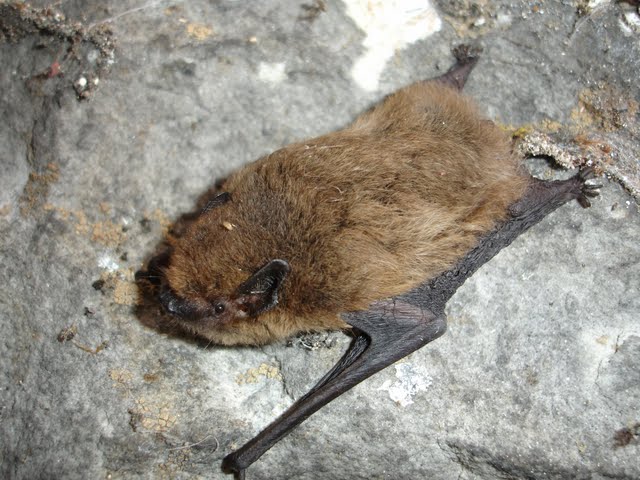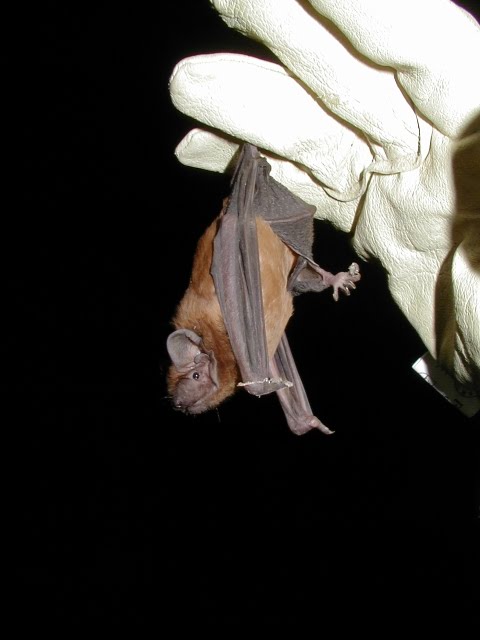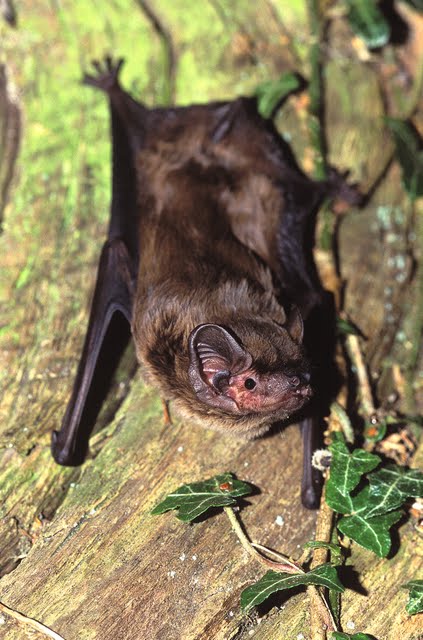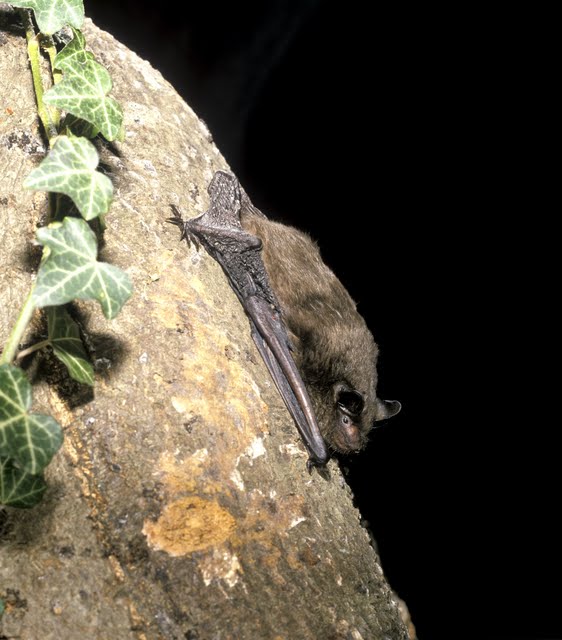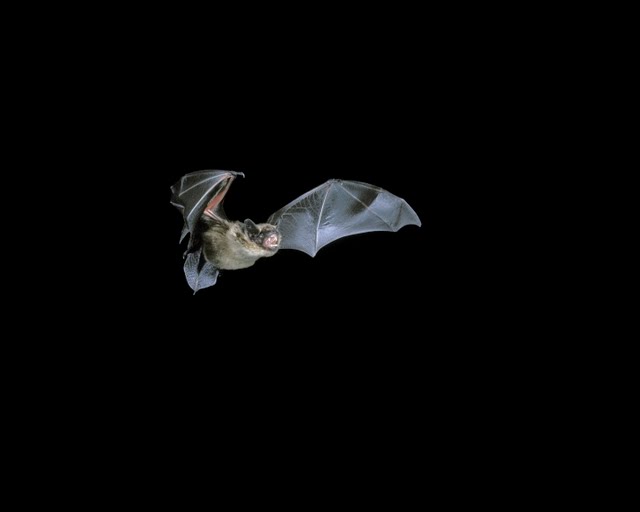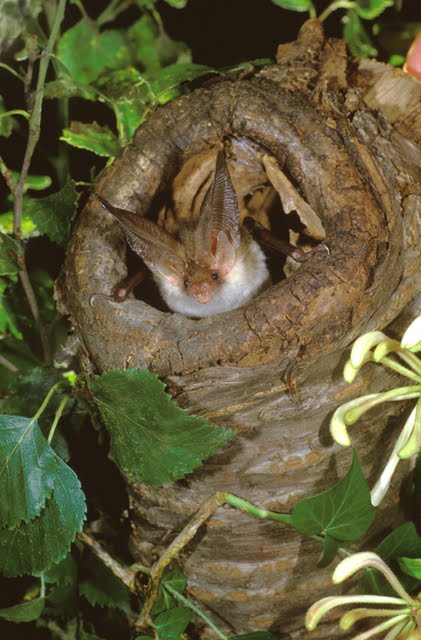Basic Introduction to Bats
Bats on the Isle of Wight
16 of the UK’s native species have been observed in various locations on the Island including the Alcathoe Bat. The Parti-Coloured and Nathusius’ Pipistrelle Bats are also regular visitors, and the Island is a major stronghold for the Barbastelle and Bechsteins Bats. Apart from some Forestry Commission plantations, the Island’s woodland has remained largely undisturbed since Napoleonic times. This has left significant areas of connected woodland with relatively mature trees providing ideal woodland bat roosting habitat. Whilst tourism is the main industry on the Island, agriculture has been established for centuries, and the majority of the land is used for agriculture, both arable and dairy farming.
About Bats
Visit the Bat Conservation Trust (BCT) website for a lot of information about bats.
Bedfordshire Bat Group Articles
How to identify bats
How to recognize different kinds of bats from quite a long way away
BCT ‘What Bat is That’ leaflet
Bat Call Identification
Visit ‘The Parkhurst Forest Bat Project’ website for information on bat call identification.
Recommended book
Jon Russ, ‘British Bat Calls – A Guide to Species identification’, Pelagic Publishing, 2013.
School Curriculum Resources
BCT website: Explore the world of bat conservation through the national curriculum
